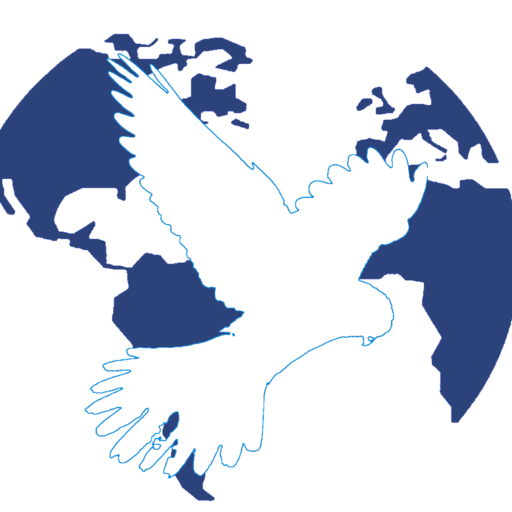Optional Practical Training
Optional Practical Training (OPT) is a type of temporary work authorization granted to international students in the U.S. on an F-1 visa. It allows them to gain practical experience in their field of study either during or after their academic program. OPT allows F-1 students to work in a job related to their major for up to 12 months. It is available for each level of education (e.g., bachelor’s, master’s, PhD). English programs do not qualify for OPT.
There are two main types of OPT: pre-completion OPT which happens during studies, and post-completion OPT which happens after graduation. To apply for OPT, a student must: be in valid F-1 visa status and have completed at least one academic year (9 months) of full-time study at a SEVP-certified school. Work must be related directly to your field of study.
Your school’s Designated School Official (DSO) must approve your OPT plans. Your DSO will prepare a new Form I-20 for you as part of this process. U.S. Citizenship and Immigration Services (USCIS), a part of the Department of Homeland Security, must also approve your OPT. To apply for this authorization, you will submit Form I-765 (Application for Employment Authorization). If USCIS approves your plans, they will issue an Employment Authorization Document (EAD) before you begin work.
Upon earning most degrees, you may work up to 12 months. That is one year immediately following your bachelor’s degree, one year after your master’s and one year after your doctoral degree. Students with a degree in a qualifying STEM field (science, technology, engineering, math) can apply for a 24-month OPT extension, for a total of up to 36 months.
Participating in pre-completion OPT subtracts from the 12-month total permitted per level. For example, working three months prior to graduating means that you will only be able to work for only 9 months after graduating from school.
More information: Study in the States.

